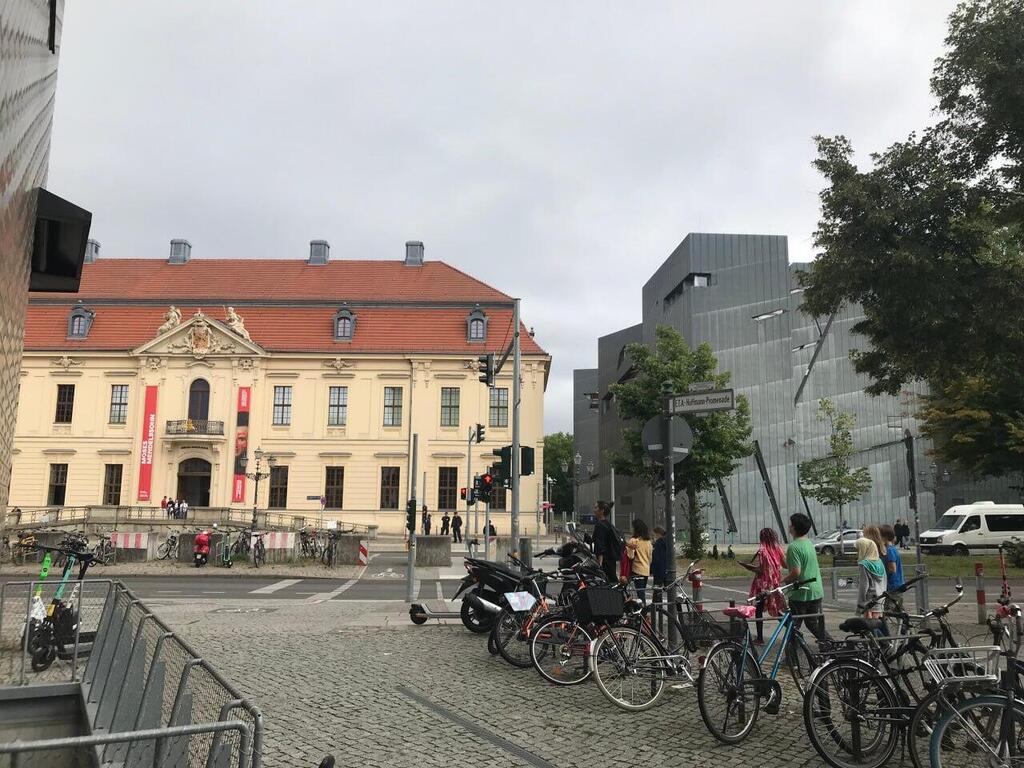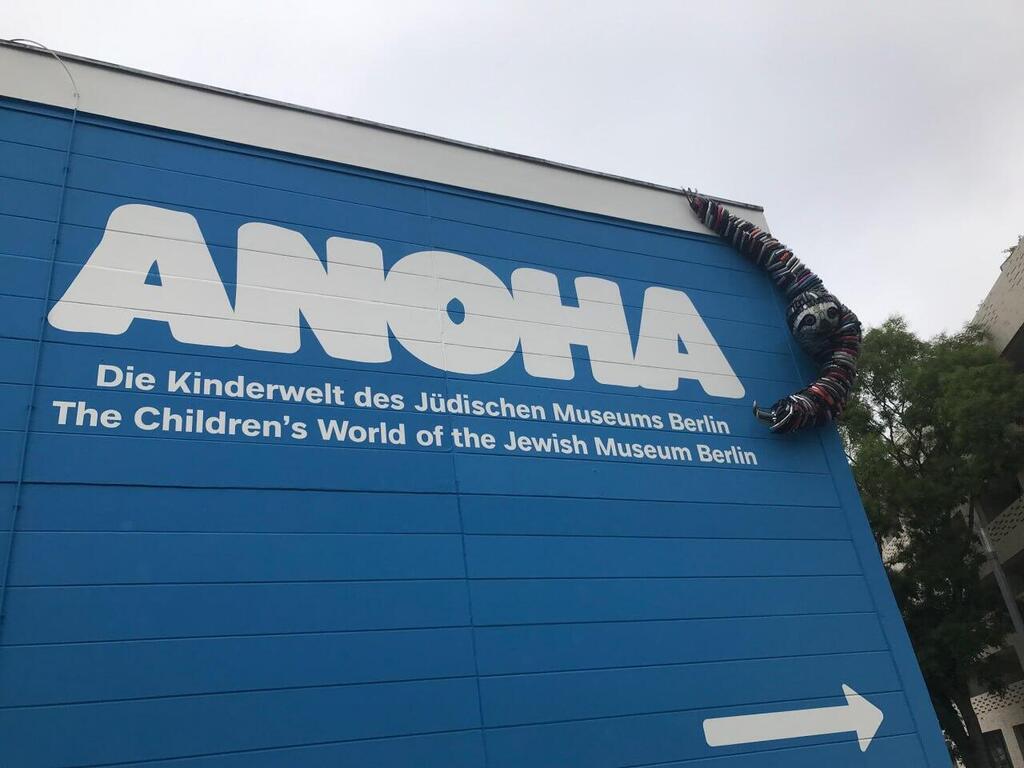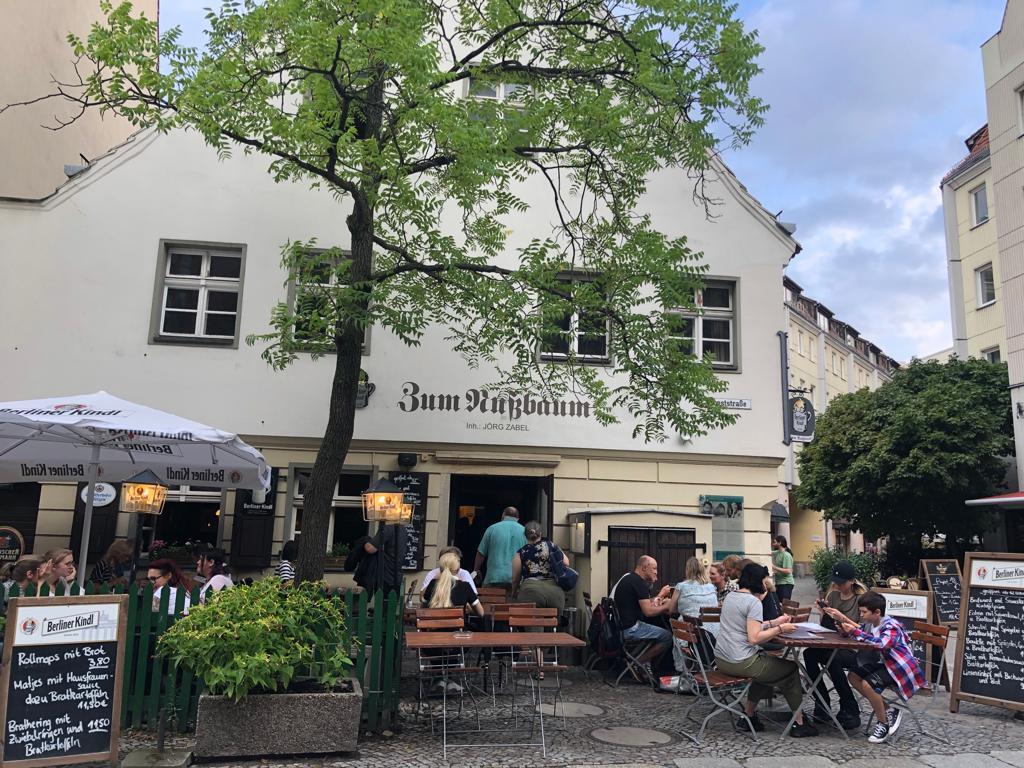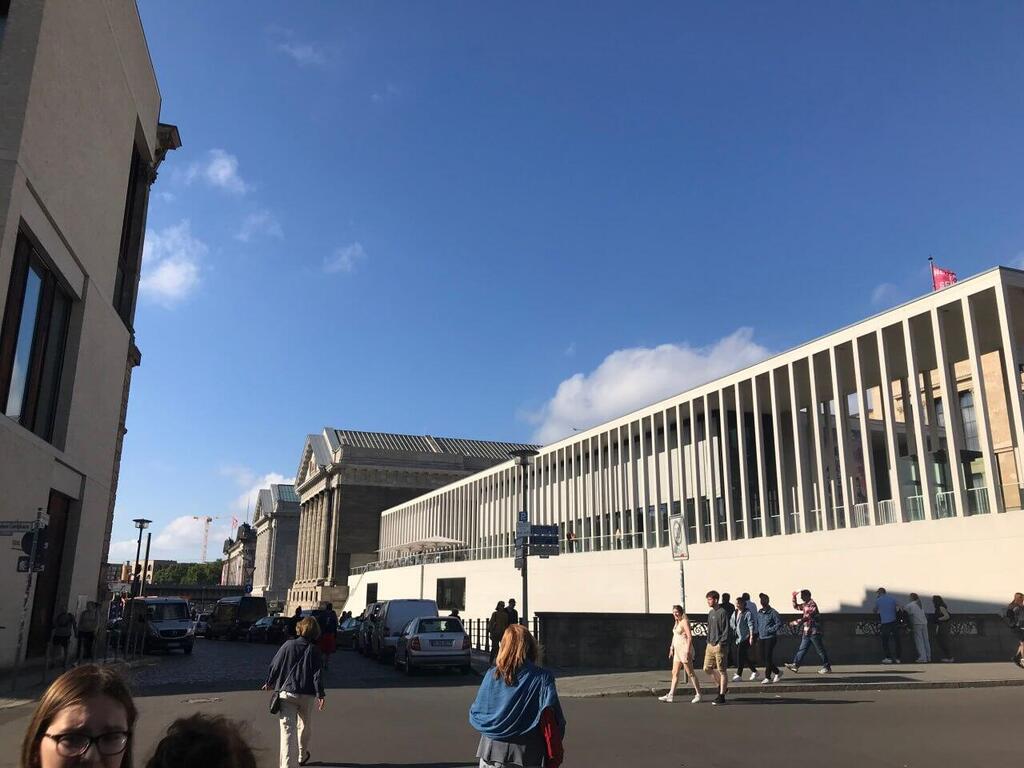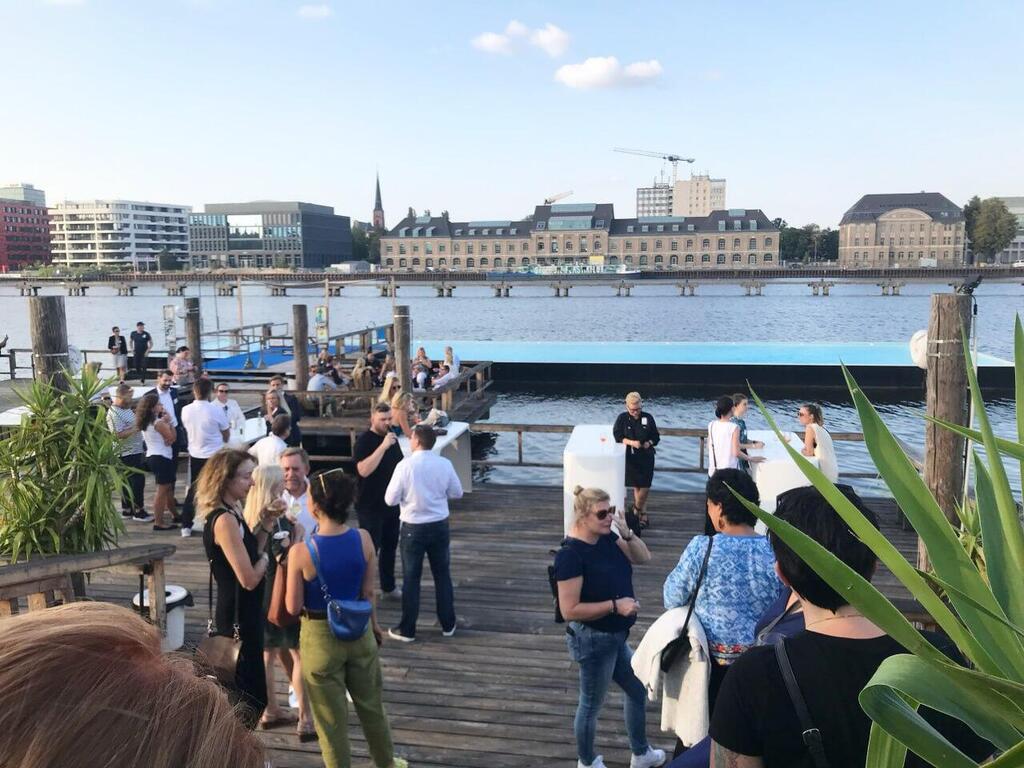Getting your Trinity Audio player ready...
Jerusalem and Berlin are two very different national capitals which nonetheless share some similar history. Both were united metropolises that went through generations of bisection in the 20th century: East and West Jerusalem were divided between Israel and Jordan for 19 years, while East and West Berlin were separated by a wall symbolizing the Iron Curtain for more than 40 years.
More stories:
In the 21st century, meanwhile, Jerusalem remains a city marred by tensions between residents of its east and west. Berlin, on the other hand, enjoys seamless integration, with only a few landmarks recalling the troubled times when half its inhabitants lived under Communist dictatorship.
Outwardly, therefore, the Israeli visitor experiences Berlin much as any other European capital. This was, in fact, my experience when I attended Bestival, an annual get-together of professionals in the MICE (Meetings, Incentives, Conferences, Events) and Travel industry, held last year in August and [to be held] this year in July.
As a B2B networking conference, Besitval is not for everybody. But my participation in this conference-cum-happening is what enables me now to share impressions and tips that may be helpful to the Jewish visitor — including my personal takeaway that it is ultimately legitimate to permit awareness and remembrance to overshadow the undeniable underlying feelings of guilt about enjoying spending a pleasant few days in what was the physical and spiritual center of Nazism.
In fact, I would go as far as to say that it is arguably more acceptable these days to visit Berlin than Poland, where geographically not only were the worst atrocities of the Holocaust actually perpetrated, but also where a revisionist process is currently underway in an attempt to rewrite history and whitewash the virulent antisemitism that motivated countless Poles to become enthusiastic collaborators in the mass murder of millions of Jews.
In this context, it is worth noting that innocent Jews were slaughtered not only in the Nazi extermination camps operating during the war in Poland, but also when they returned to their former homes and villages after the war, seeking to rebuild their lives and reclaim property that had been confiscated in their absence.
Underscoring the aforementioned theme of remembrance is the fact that two of the world’s most impressive commemorations of the Holocaust are located in modern-day Berlin: The Memorial to the Murdered Jews of Europe, and the Jewish Museum of Berlin, whose Libeskind Building Annex, is a truly extraordinary evocation of the Shoah.
First, however, it is worthwhile getting the lay of the land. The best place to start is with the city’s official tourism website, Visit Berlin. There you can also purchase a Berlin Welcome Card, which grants a world of benefits and discounts, including free public transport and reduced fares on double-decker city tour sightseeing buses – from which you can even observe part of the nearly 4,000 stelae comprising the Memorial to the Jewish victims of the Holocaust, located just south of the Brandenburg Gate.
The Holocaust Memorial consists also of an underground information center, whose exhibit is open Tuesday to Friday from 10am-6pm. The slab monuments are accessible at all times, and admission is free to both parts of the Memorial.
The Libeskind Building attached to the Jewish Museum of Berlin was designed by renowned Jewish Polish-American architect Daniel Libeskind, who also won the competition to be the master plan architect for the reconstruction of the World Trade Center site in New York City. In Israel, where Libeskind lived for a time, he designed Bar-Ilan University’s Wohl Center.
The Jewish visitor to Berlin will also find a wealth of useful information on the trilingual website of the Jewish Community of Berlin, with pages devoted to synagogues, restaurants and even the Israeli community currently living in the city, inter alia.
A not inconsequential number of Israelis now reside in the German capital, many of whom justify their relocation by claiming it is the ultimate triumph of the Jewish people over the Third Reich, which sought to make the country Judenrein (free of Jews).
There are, of course, a plethora of other recommended activities and attractions in Berlin. The quaint Nikolai Viertel (Nicholas Quarter) is an ancient neighborhood of the city – dating back to 1237 – with its own particular Jewish footnotes; nowadays, trendy shops and traditional restaurants share the impeccably maintained narrow lanes with carefully preserved buildings and churches.
The quarter is located near the famed Alexanderplatz, and also on the bank of the Spree River from where sightseeing boats embark on meandering, leisurely tours of the city along its main waterway.
In the vicinity as well is the distinctive Museum Island, which has been declared a UNESCO World Heritage Site. It is home to some of the most important of the more than 100 museums of art, history and culture for which Berlin is deservedly known.
Off the beaten track, a fun diversion is the Badeschiff floating pool on the Spree. Finally, shoppers will enjoy browsing – and especially noshing – at one of Europe's best department stores, KaDeWe, in the famed Ku’damm district.


